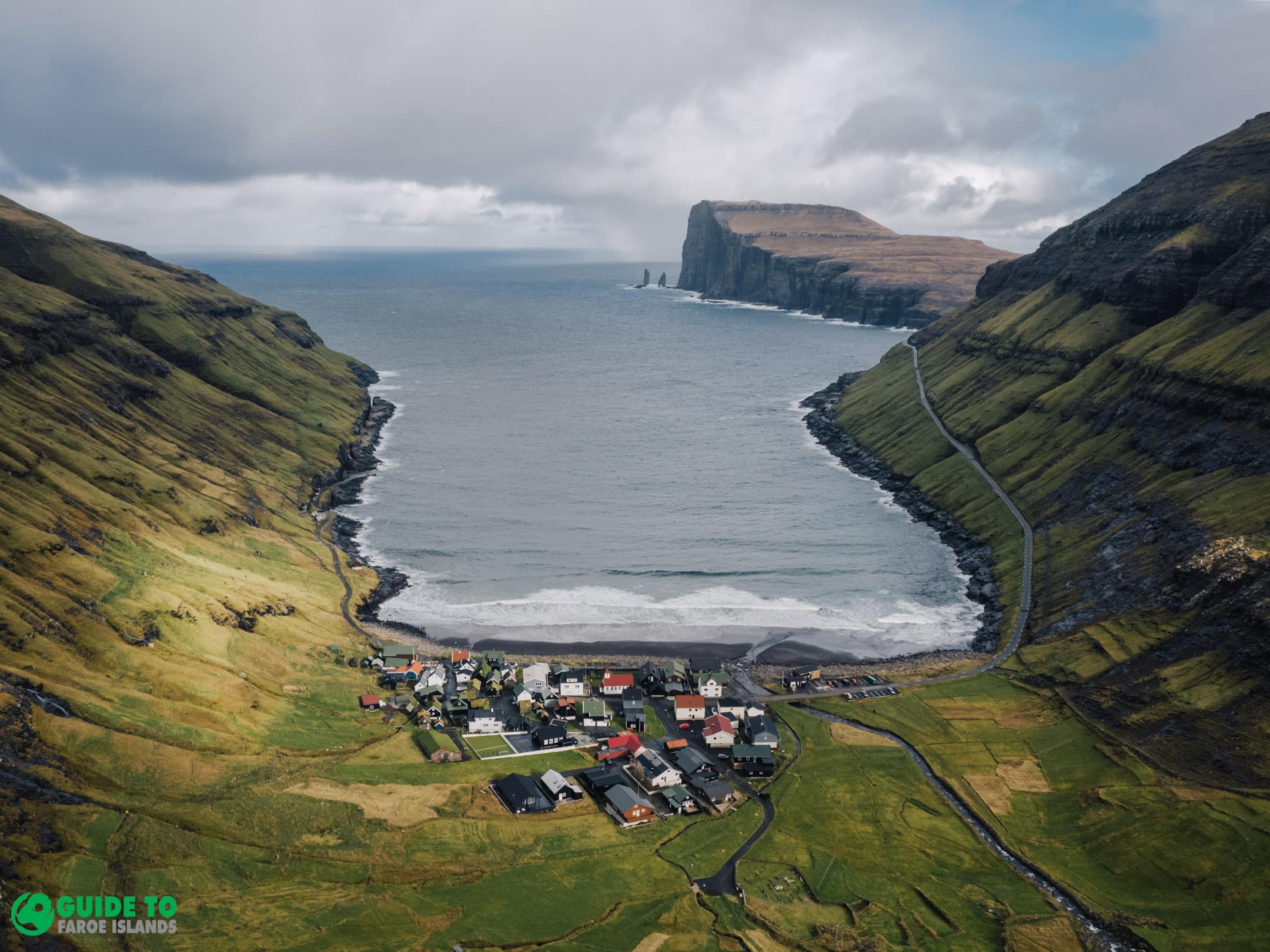Exploring the Faroe Islands: A Nordic Gem

Introduction: The Allure of the Faroe Islands
The Faroe Islands, an autonomous territory within the Kingdom of Denmark, are gaining recognition as a stunning travel destination characterized by dramatic landscapes, rich culture, and unique wildlife. Nestled between the North Atlantic Ocean and the Norwegian Sea, this archipelago comprises 18 volcanic islands that boast breathtaking cliffs, picturesque villages, and an abundance of natural beauty, drawing adventurous travellers and nature enthusiasts alike.
Geographical and Cultural Significance
Located approximately halfway between Iceland and Norway, the Faroe Islands are known for their rugged terrain, with steep cliffs and rolling green hills. The archipelago is home to around 50,000 residents, each contributing to a distinctive Faroese identity informed by a blend of Scandinavian, Celtic, and Norse influences. Traditional Faroese practices, such as sheep farming, fishing, and crafts, play a crucial role in daily life, while the islands’ language, Faroese, reflects their historical lineage.
Recent Developments in Tourism
In recent years, tourism has significantly increased, with a marked 32% rise in visitors from 2021 to 2022, according to Visit Faroe Islands. This surge is partly attributed to social media exposure and the growing interest in sustainable travel. The lush landscapes, complemented by iconic landmarks such as the Mulafossur Waterfall and the cliffs of Nólsoy, have made the islands a hot spot for photographers, hikers, and outdoor adventurers.
To accommodate increased visitor numbers while preserving the natural environment, local authorities have begun to implement more sustainable tourism strategies. These include restricting certain areas to foot traffic only and promoting guided tours to help preserve local ecosystems and wildlife.
Challenges and Future Prospects
Despite the upswing in tourism, the Faroe Islands face challenges such as maintaining their ecological integrity and combating the effects of climate change. Increased footfall can lead to erosion and environmental degradation, which is a concern for residents and conservationists. Efforts to mitigate these issues are underway, with plans to enhance infrastructure and increase awareness regarding conservation practices among tourists.
Conclusion: The Future of the Faroe Islands
As the Faroe Islands continue to capture the hearts of visitors with their stunning landscapes and rich culture, the importance of sustainable practices becomes ever more critical. By fostering eco-friendly tourism and preserving their unique heritage, the islands are poised to balance the demands of modern tourism with their environmental responsibilities. For travellers seeking adventure, beauty, and cultural immersion, the Faroe Islands remain a Nordic gem waiting to be explored.
